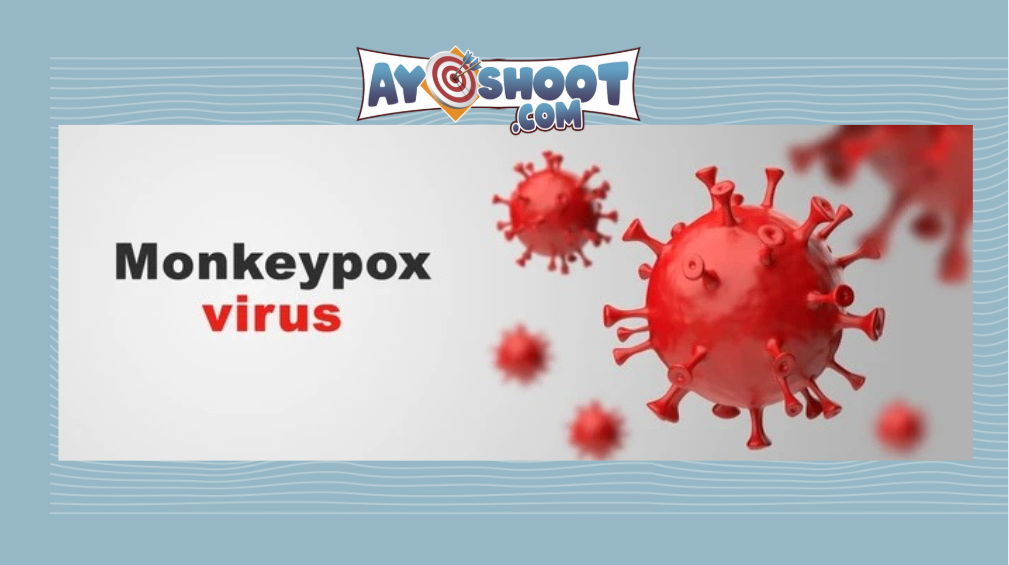In recent times, monkeypox has become a growing concern worldwide. As news spreads, many people are asking: What exactly is monkeypox? And more importantly, how can I keep my family and loved ones safe? This article gives you clear, straightforward information about monkeypox and practical tips to protect those you care about.
What Is Monkeypox? 🐒🦠
Monkeypox is a viral infection caused by the monkeypox virus, closely related to the virus that caused smallpox. Although rare, it can affect humans and animals alike. Originally discovered in monkeys during the late 1950s, the first human case was recorded in the 1970s in Central Africa.
While monkeypox doesn’t spread as easily as some viruses, it still requires attention due to its uncomfortable symptoms and potential health risks.
How Does Monkeypox Spread? 🔄
The virus spreads through:
- Direct contact with the rash, scabs, or bodily fluids of an infected person.
- Respiratory droplets during prolonged face-to-face contact.
- Touching contaminated objects, like bedding, clothes, or surfaces.
- Contact with infected animals, such as rodents or primates.
It’s important to remember that monkeypox is not as contagious as COVID-19, but close contact increases the risk.
Symptoms to Watch For ⚠️
Symptoms usually begin 5 to 21 days after exposure and include:
- Fever and chills 🌡️
- Headaches and muscle aches 🤕
- Swollen lymph nodes (a key sign distinguishing it from smallpox)
- Fatigue and exhaustion 😴
- A distinctive rash starting on the face and spreading to other body parts 🩹
- The rash progresses from flat spots to raised bumps, then to pus-filled blisters before healing.
If you or your loved ones notice these symptoms, especially after possible exposure, it’s crucial to consult a healthcare professional promptly.
How to Protect Your Loved Ones 🛡️❤️
Prevention is the best defence. Here’s what you can do:
1. Practice Good Hygiene
Regularly wash your hands with soap and water or use alcohol-based sanitizers.
2. Avoid Close Contact
Stay away from people showing symptoms or rashes and avoid contact with wild animals or materials they’ve touched.
3. Clean and Disinfect
Frequently clean surfaces, bedding, and clothes, especially if someone in your home is sick.
4. Use Protective Gear
If caring for someone infected, wear gloves and masks to reduce the chance of transmission.
5. Stay Informed
Follow updates from trusted health organisations like the WHO or local health authorities.
What to Do If Someone Is Infected? 🚨
- Isolate the person from others as much as possible.
- Encourage rest, hydration, and symptom management under medical guidance.
- Avoid sharing personal items like towels, utensils, or bedding.
- Notify healthcare providers to get advice on testing and treatment.
Quick Facts Table: Monkeypox at a Glance 📝
| Topic | Details |
|---|---|
| Virus Family | Orthopoxvirus (related to smallpox) |
| Incubation Period | 5 to 21 days |
| Common Symptoms | Fever, rash, swollen lymph nodes |
| Transmission | Close contact, respiratory droplets, animals |
| Vaccine Availability | Smallpox vaccine provides some protection |
| Fatality Rate | Low, generally between 1% to 10% depending on strain |
Final Thoughts
Monkeypox may sound alarming, but with the right knowledge and precautions, you can protect yourself and your loved ones effectively. Awareness and simple hygiene measures go a long way in stopping the spread. Stay calm, stay informed, and act wisely — your family’s health depends on it! 🛡️❤️






